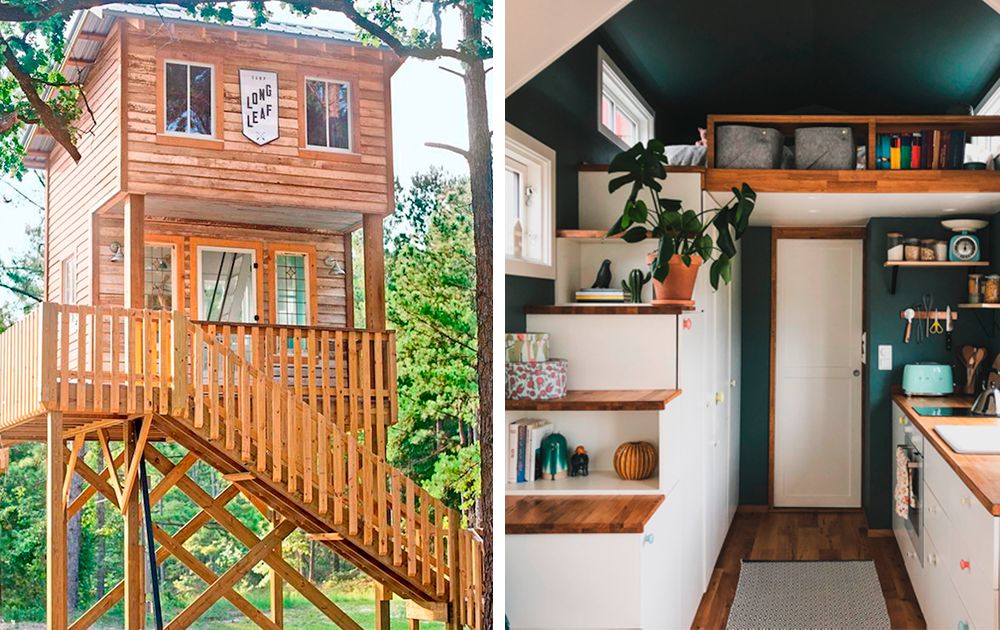Discover the ultimate guide to minimalist living with these 10 inside tiny houses ideas that prove less is truly more! From clever storage solutions to multifunctional furniture, these innovative designs maximize every inch of space, proving that you don’t need a big house to live comfortably. Get inspired by these stunning tiny house interiors and learn how to transform your small space into a cozy, stylish home. You won’t believe the ingenious ways these tiny homes make use of limited space—prepare to be amazed by the beauty and functionality of compact living.
Clever Use of Vertical Space
Maximizing vertical space is essential when designing inside tiny houses. High ceilings and walls offer opportunities for shelving, lofts, and hanging storage. By building up rather than out, tiny homes can store more without taking up valuable floor space. Consider installing floating shelves, hanging plants, and wall-mounted organizers. Lofts are a popular feature, creating elevated sleeping or storage areas. This frees up the main floor, making the space feel open and airy. Whether it’s an attic-style loft for a bed or a storage nook above the kitchen, vertical space usage adds functional charm.
Multifunctional Furniture
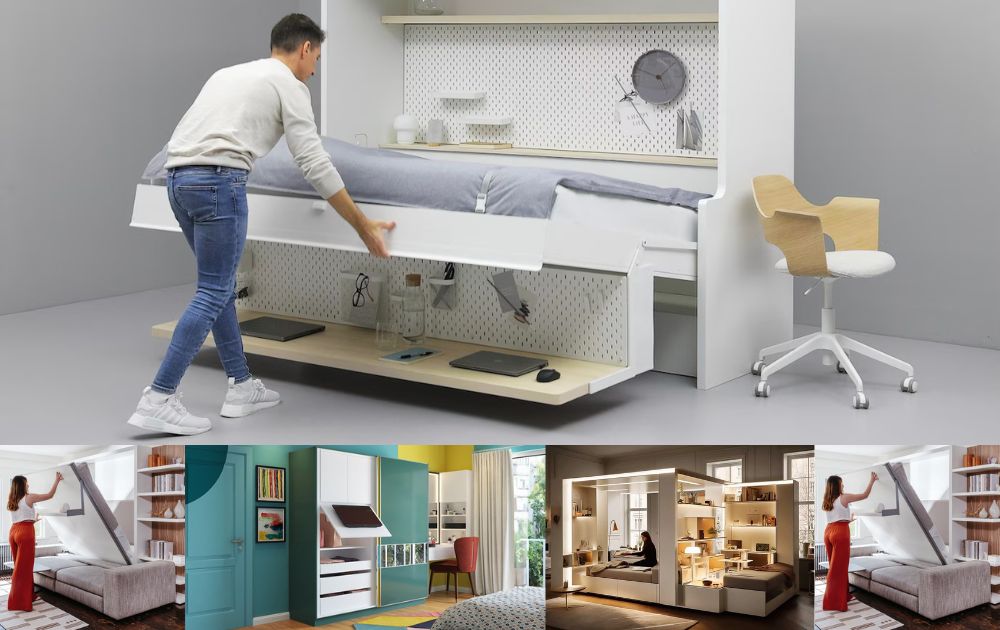
In small homes, multifunctional furniture pieces are a game-changer. Think of tables that double as desks, storage ottomans, or couches that convert into beds. Furniture with dual purposes saves space while enhancing practicality. Folding tables and chairs can be tucked away when not in use, and modular couches allow for easy rearranging. The idea is to keep things flexible so that you can transform your tiny house based on your needs. In some cases, entire walls may be built to unfold into desks or kitchens when needed, making the most of every inch available.
Open Floor Plans for Flow
An open floor plan is a great way to make a tiny house feel much larger than it is. By eliminating walls and unnecessary barriers between rooms, you create a natural flow that allows light to travel freely, creating an airy ambiance. The lack of partitions makes the space feel less crowded and allows for greater flexibility in furniture arrangement. For instance, you could have the living area seamlessly flow into the kitchen, with a clear distinction between zones achieved through color, rugs, or subtle furniture choices instead of walls.
Natural Light and Window Design
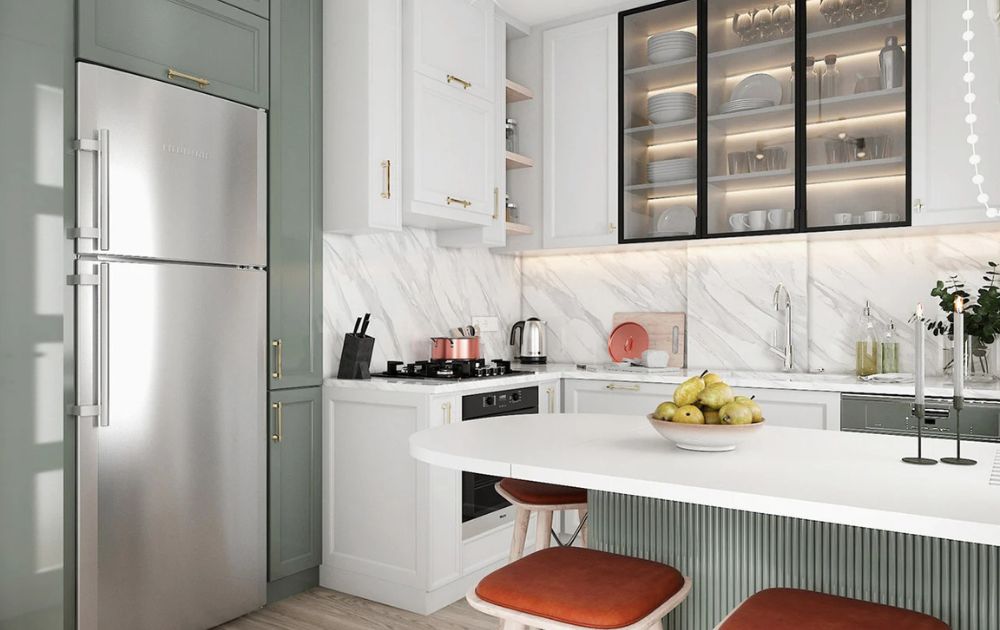
Maximizing natural light is key to making tiny spaces feel bigger. Strategically placed windows allow sunlight to flood the room, brightening the space and creating a sense of openness. Skylights and large glass doors also play an important role in enhancing natural light. Opting for light-colored walls and reflective surfaces like mirrors or polished floors helps in amplifying the daylight entering the home. Big windows not only bring in light but provide an outward view, making the space feel connected to the outside world. Consider using retractable shades or curtains for privacy when needed.
Smart Storage Solutions
Smart storage solutions are essential for keeping your tiny house organized and clutter-free. With limited square footage, every item needs its designated place. Multi-functional storage such as under-bed drawers, pull-out cabinets, and built-in furniture can make the most out of tight spaces. Adding hidden compartments and foldable storage can also ensure that your belongings stay organized but out of sight. For example, stairs that double as drawers or a dining table with built-in storage will keep your living space neat while maximizing functionality.
Compact Yet Fully Equipped Kitchens
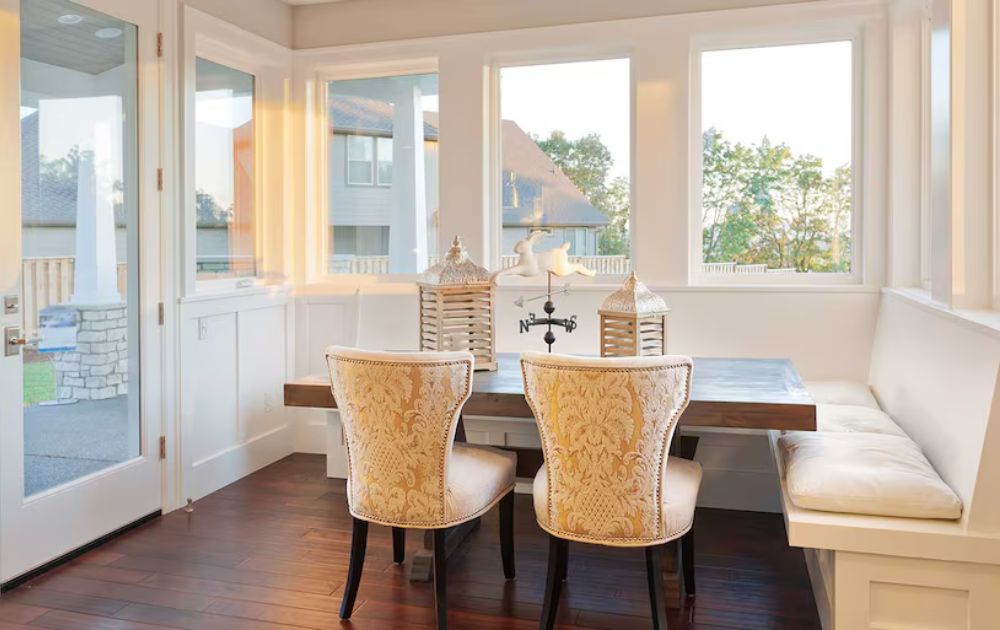
In a tiny house, the kitchen may be small, but it can still be mighty. By opting for compact appliances and efficient layouts, you can have a fully functional kitchen without sacrificing style. Built-in ovens, stovetops, and refrigerators are great space-saving solutions. Additionally, rolling carts, multi-purpose sinks, and fold-away countertops can increase counter space when needed. Cabinets should be designed with pull-out drawers or retractable shelves, ensuring everything has its place. Even small spaces can accommodate a sophisticated, fully equipped kitchen with the right design choices.
Minimalist and Neutral Color Palettes
In tiny homes, colors play a crucial role in shaping the perception of space. A minimalist and neutral color palette helps reflect natural light and makes the room feel larger and more open. Lighter shades like whites, creams, or soft greys on walls, floors, and furniture create an illusion of spaciousness. Accent colors can be added with decor or textiles like throw pillows, rugs, or artwork to add personality without overwhelming the space. This subtle approach to design ensures that the tiny home remains both relaxing and visually appealing while still feeling airy and uncluttered.
Built-In Furniture and Nooks
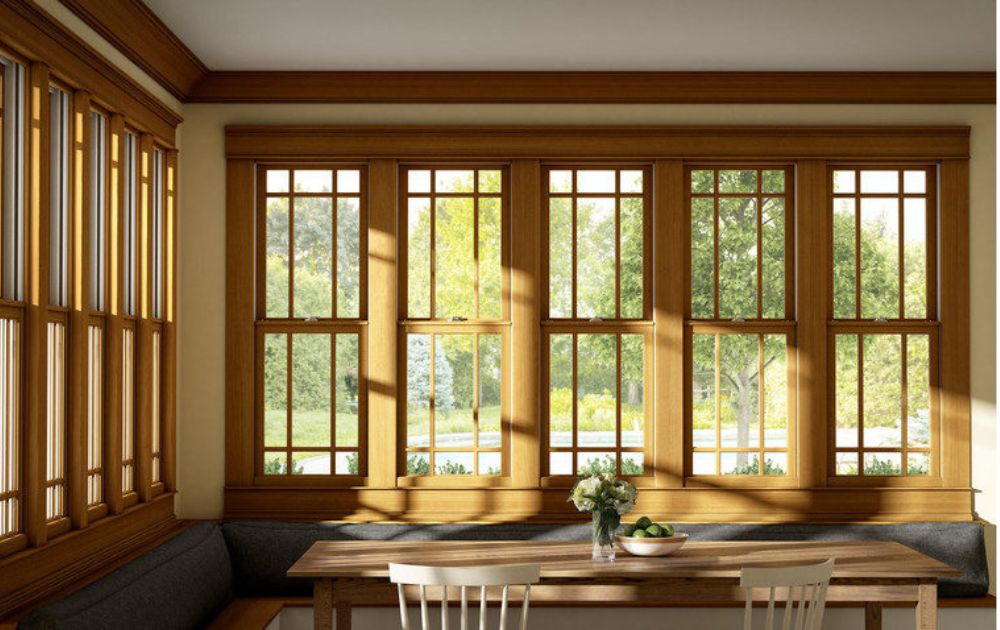
Integrating built-in furniture into the design of a tiny house is a brilliant way to maximize both space and functionality. Built-in couches, beds, and desks reduce the need for bulky furniture and provide a seamless look to the interior. For example, a bed that folds down from the wall can free up space when not in use. Built-in reading nooks, benches, or desks provide cozy and compact spots without taking up extra room. Customizing the furniture layout to fit the dimensions of the home can optimize the space’s potential, ensuring every corner is put to good use.
Creative Use of Outdoor Space
Tiny houses often have limited interior space, but outdoor areas can provide additional living room. By incorporating outdoor decks, patios, or balconies, you can expand the usable space beyond the four walls. This could be a small garden, a seating area for entertaining, or even an outdoor kitchen. Sliding glass doors or large windows open the house to the outside, making it feel more expansive. Additionally, using the outdoor area for storage, like building vertical planters or hidden storage boxes, ensures that all the space in and around your tiny home is utilized efficiently.
Sustainability and Eco-Friendly Design
Sustainability is an important consideration when designing a tiny house, as it aligns with the minimalist ethos. Eco-friendly features such as solar panels, energy-efficient appliances, and water-saving fixtures reduce the environmental impact while living in a tiny home. The materials used in construction can also be sustainable, such as reclaimed wood, recycled materials, and non-toxic paints. Additionally, smaller homes require fewer resources to maintain, making them inherently more sustainable than traditional homes. By prioritizing sustainability in the design, tiny house owners not only create an efficient living space but also contribute to a greener planet.
These 10 inside tiny houses ideas highlight the importance of clever design choices in maximizing small spaces. Whether it’s through multifunctional furniture, smart storage solutions, or sustainable materials, these concepts prove that less truly is more when it comes to living well in a tiny house.
Conclusion
In conclusion, these 10 inside tiny house ideas demonstrate that living in a smaller space doesn’t mean compromising on style, comfort, or functionality. From maximizing vertical space and using multifunctional furniture to implementing smart storage solutions and optimizing natural light, tiny house designs prove that less is more. Embracing minimalist, yet clever, designs and incorporating eco-friendly elements ensures that every square inch is put to good use, creating a home that feels spacious and efficient. Whether you’re considering downsizing or simply looking for ways to make your current space more functional, these tiny house ideas will inspire you to transform your space with creativity and sustainability in mind. Discover the magic of tiny living, where smart design choices elevate your lifestyle and prove that a smaller home can lead to a more fulfilling, clutter-free life.

